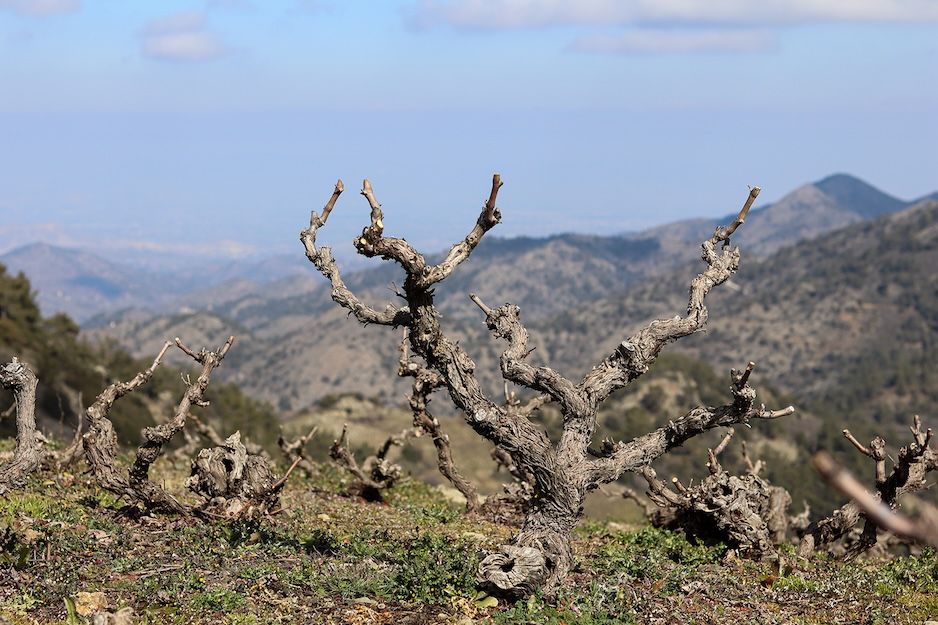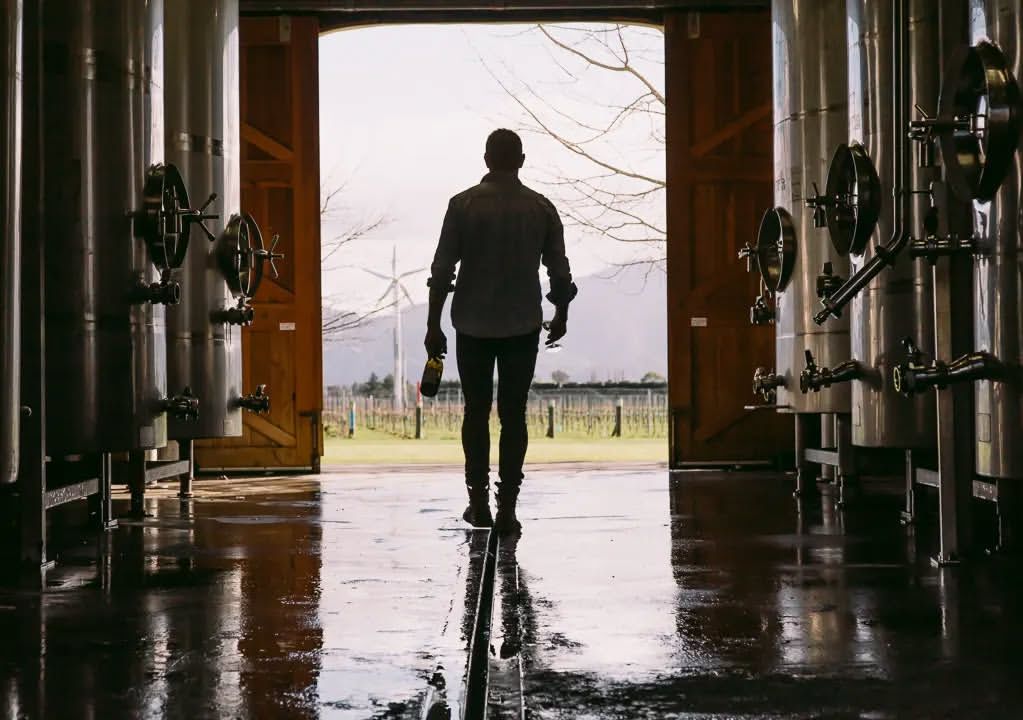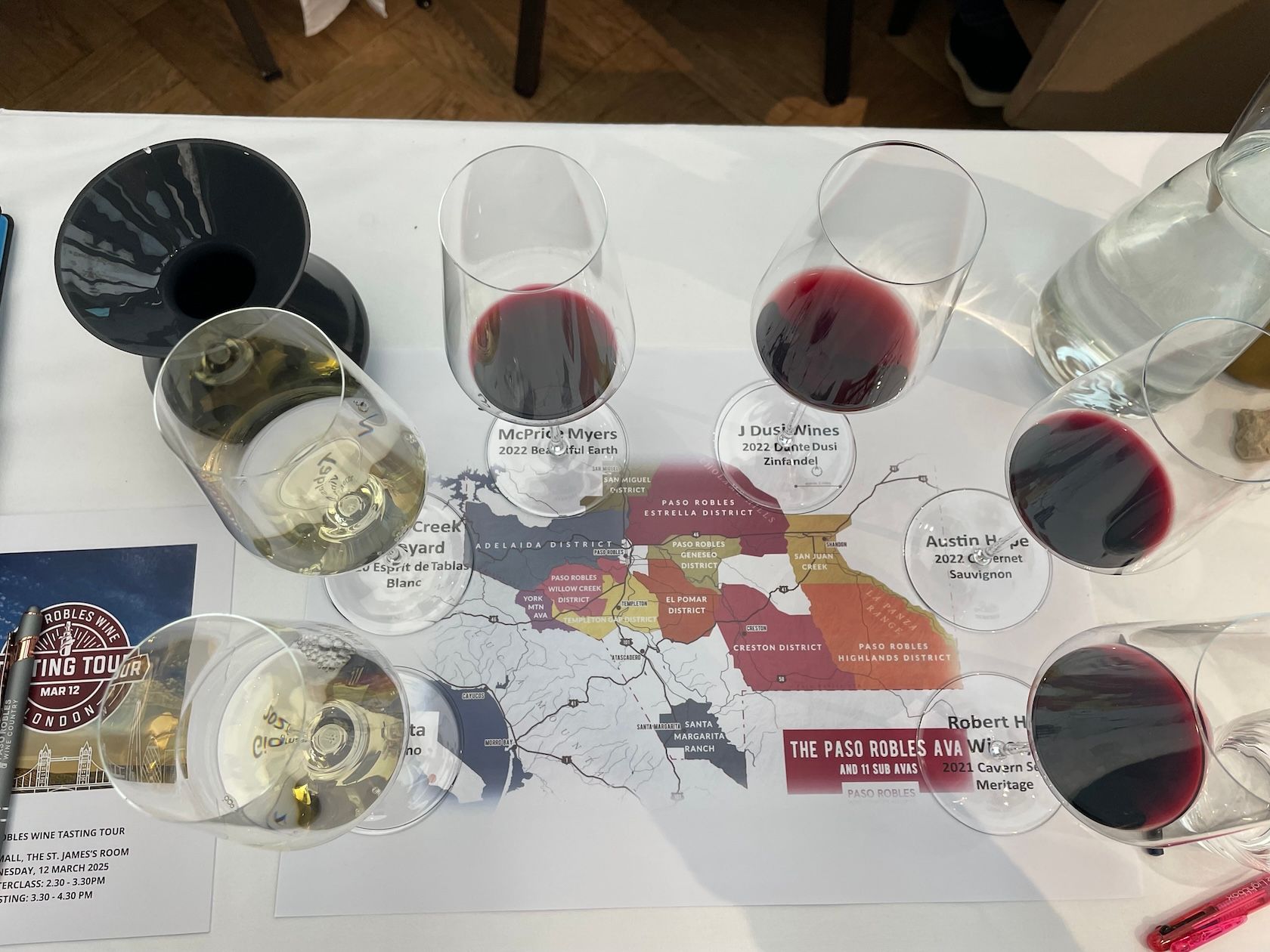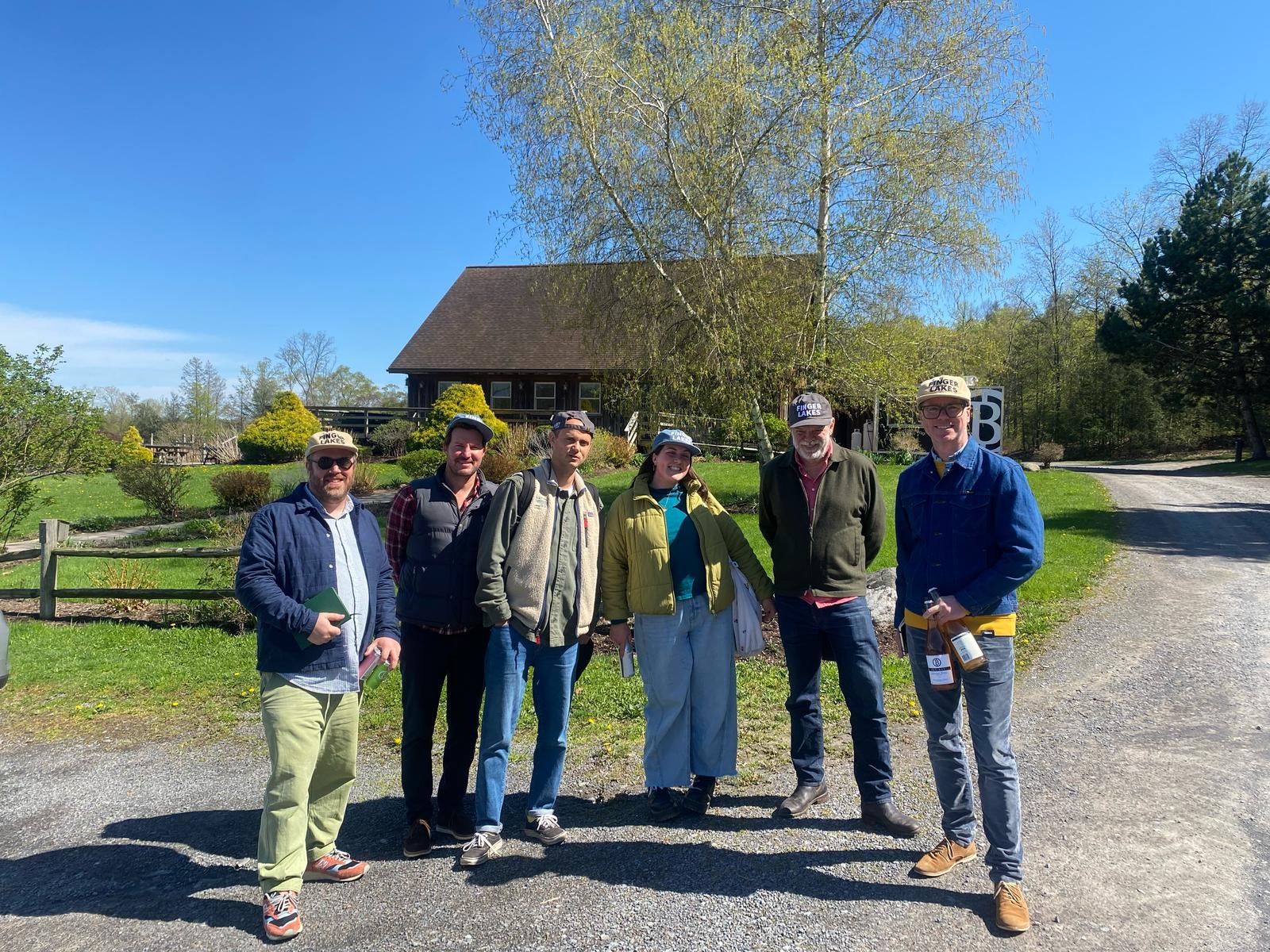With the pressure to hit price points on wine lists even more acute than normal, Bourgogne’s Mâcon and Villages wines offer sommeliers and independents a consistency and offer that is hard to match.
If you could create a wine region for both the modern wine drinking palate and the budgets of both trade and consumer wine buyers then you would not go too far wrong with the Mâconnais of Bourgogne.
Particularly in terms of offering white wines with the right level of freshness, acidity and, well, moreish characteristics, that keep you going back for just a little more.
What the Mâconnais has to offer all channels of the trade was demonstrated at last night’s special pop-up tasting and dinner at the new Carousel dining concept in London featuring wines from key producers picked to showcase what the region can do from top to bottom.
Carousel was the ideal venue for what was billed as “The Bourgogne Secret South” in that it encapsulated much of what Mâconnais is trying to do. Namely appeal to those looking for memorable, laid back, relaxing experiences where the emphasis is very much on providing simple, but perfectly executed food and wine.

Carousel offered the perfect backdrop for the pop-up Macon and Villages event
The Carousel concept offers the chance for emerging chefs to step out of the kitchens where they are part of a wider team and enjoy the chance to show what they can do. Avinash Shashidhara,who by day can be found at the River Café, was the ideal choice for the Mâconnais tasting and dinner with his delicate Indian dishes designed to balance and work side by side with the wines.
As he told The Buyer the cuisine might be very different to River Café, but the approach is the same. High quality, simple ingredients, combined to offer uncomplicated but memorable food. With a menu designed to sit comfortably alongside the wines.
Consistency every time

Xavier Rousset MS loves the drinkability and consistency that Mâcon wines offer restaurateurs and sommeliers
Which is very much in keeping with the Mâconnais, and, in particular, why restaurateur and Master Sommelier, Xavier Rousset MS, who was the wine compere for the evening, finds the region so interesting. For him the Mâconnais is all about producing approachable, easy drinking wines that really do suit all purposes and tastes.
“I love the consistency that you get with Mâcon,” said Rousset. “I don’t remember anyone in 20 years ever sending back a bottle of Mâcon. They really do what they say on the tin.”
He added: “What I love about these wines are their drinkability, they are easy drinking, approachable wines. I love their acidity. I love their freshnessand it is gong to be fascinating to see how they work with the spices in the Indian food.”
It was a view echoed around the room made up of invited sommeliers, restaurant consultants, independent wine merchants, retail buyers, and producers and representatives from AOC Mâcon.
Value for money

Raul Diaz, sommelier and restaurant consultant, said Mâcon wines are perfect for the modern restaurant wine list. They not only offer the freshness, the fruit and the acidity that consumers love – approachable wines that are easy to sell and drink at the same time – they also provide excellent value for money. Particularly at a time when the euro vs sterling rate has made French wine a little more expensive to list than before.
“The spotlight is on French and the classic wines from Europe far more than normal. They have to be able to perform. If they don’t then they will be replaced by cheaper alternatives from the New World,” he explained.
But it is hard to find a reason not to list Mâcon as it gives you such a return on you money. “It is a very good by the glass option as well,” said Diaz.
He sees a great opportunity for Mâcon at the £25 to £28 price bracket. Particularly for those operators working more on a cash margin. “It is what I would recommend my clients,” he added. “It is good for your volumes and customers feel appreciated as well.”
North/south divide
It is not just the UK that has a north and south divide. The Mâconnais is equally split, but only by the style of wines that you will find in the north and southern parts of the region. Styles of wine that shone through during both the free-pour tasting and the selected wines to go with the dinner.
For Rousset the differences between the north and south lie in the soils and their influence on what kind of wines can be made. In the north, he said, you can expect to find wines with more freshness and minerality, thanks largely to its clay soils. Compared to the warmer south where the grapes are a little riper, richer and have more spicy styles coming from the limestone soils.
“But there is a lot more complexity in Mâcon wines than you might think,” he added.
An aspect that also comes through with its red wines. “I am a big fan of Gamay. They can be extremely juicy and age well,” says Rousset. Who urges buyers not to “disregard” Gamay from Mâcon. “It’s great value as well.”
Perfect pairing

The evening saw a range of wines paired with a variety of light Indian dishes. The standout dish and wine matching was the a South Indian fish stew with langoustine, scallops, fresh coconut milk, tamarind, coriander and fermented rice cake.
Against this came a choice of three whites: Mâcon-Azé, 2015, Cave d’Azé; Mâcon-Charnay-les-Mâcon 2015, Cave de Charnay-les-Mâcon; Mâcon-Péronne 2015, Domaine de la Tour Penet. All combined well to accentuate the flavours of the fish and the spices of the refined curry sauce, whilst at the same allow the richness, and acidity of the wines to shine through.
Mâconnais: the background
The Mâconnaisis situated in the most southerly terroir in the Bourgogne winegrowing region, and covers a 10k-wide strip of vines 35km long. It stretches between Sennecey-le-Grand and Saint-Vérand and is nestled between two valleys, the Grosne to the west, the Saône to the east and is surrounded by steep cliffs.
It is where Chardonnay really thrives – making up 80% of all vines planted in the region – and helps provide the backbone and structure to its powerful, but highly approachable white wine. Whilst its red wines are dominated by the luscious Gamay grape which also does so well here.
Appellation Régionale of the Mâconnais wine-growing region (Saône-et-Loire).
The word Villages, or the name of the commune of origin, may only be added to the word Mâcon for wines produced within the defined area of the appellation Mâcon Villages which consist of 26 communes.
Producing communes:
Mâcon: communes of the Mâcon administrative district plus 11 nearby communes.
Mâcon Villages: Azé, Bray, Burgy, Bussières, Chaintré, Chardonnay, Charnay-lès-Mâcon, Cruzille, Davayé, Fuissé, Igé, Loché, Lugny, Mancey, Milly-Lamartine, Montbellet, Péronne, Pierreclos, Prissé, La Roche-Vineuse, Saint-Gengoux-le-National, Solutré-Pouilly, Uchizy, Vergisson, Verzé, Vinzelles.
Characteristics

One of the highlights of the free-pour tasting
Whites
The Mâconnais white wines are white, yellow gold or straw coloured. They have a distinctive nose of white roses, acacia, honeysuckle, fern, lemon-grass, and citrus fruits. An experienced wine taster should be able to detect differences in the palate according to each village and terroir and location. But most of all the wines are distinctively fresh, fruity and luscious, but with lovely dry characteristics that make them so easy to drink. The good acidity gives them backbone, structure and length. They are full and smooth in character.
Reds
Red Mâcon wines cover a full spectrum of colours from cherry to dark ruby via deep garnet. But they are also typical of the Gamay grape. On the nose they have touches of small red and black fruits and as they age they develop more prune and pepper characteristics. They are rich, fleshy, and textured and, vitally, also easy to drink. These are wines better drunk with a little age as they can be quite stiff young, but will soften and become suppler with time.
Terroirs
Separated by a series of parallel faults, the hills of the Mâconnais are linked along axes which give them either a North/North-westerly or a South/South-easterly exposure. The vines readily take to these hillsides. Limey or calcic brown rendzinas suit the Pinot Noir grape and long-keeping Chardonnays. Elsewhere, flinty sands and clays, often mixed with “chailles” or sandstone pebbles favour the earlier-drunk Chardonnay or (in reds) the Gamay, which is equally at home on granitic soils which point up the nearby presence of the Beaujolais.
Area under production:
Area under production:
522.45 ha including
Mâcon: 324.99 ha.
Mâcon + name of the village: 197.46 ha.
The UK is a key market for Mâcon, accounting fora quarter of its yearly production.
Formore information go to:
www.vins-macon.com
@VinsMacon
@BourgogneWines










































